As the oldest city in South Africa, Cape Town is ingrained with a rich history and cultural idiosyncrasies which are often overlooked. We’ve compiled a list of some quirky tidbits about our current-day bustling metropolis.
Check out these nine facts for some insight into the past of our beloved Mother City.
1.How the name Lion’s Head came about
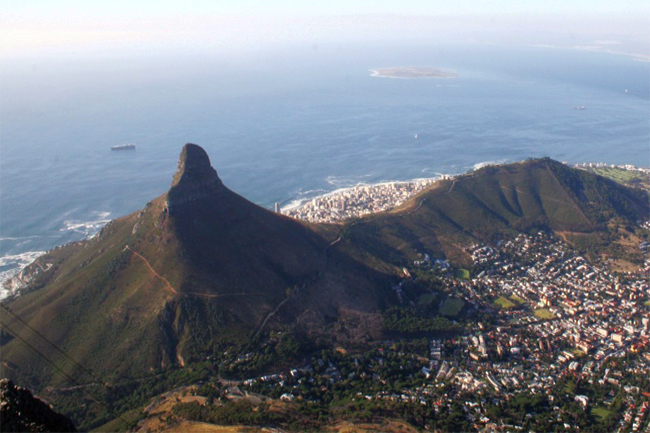
Contrary to popular belief, the popular hiking spot was not given its name because it resembles a lion. Rather, the folklore suggests that 17th century Dutch settlers once named Signal Hill as Leeuwen Staart (Lion’s Tail). Together with what is currently known as Lion’s Head, it was thought that the space between the two peaks resembled a crouching lion. Thus, the settler’s named the top as Leeuwen Kop.
2. Robben Island wasn’t just for prisoners
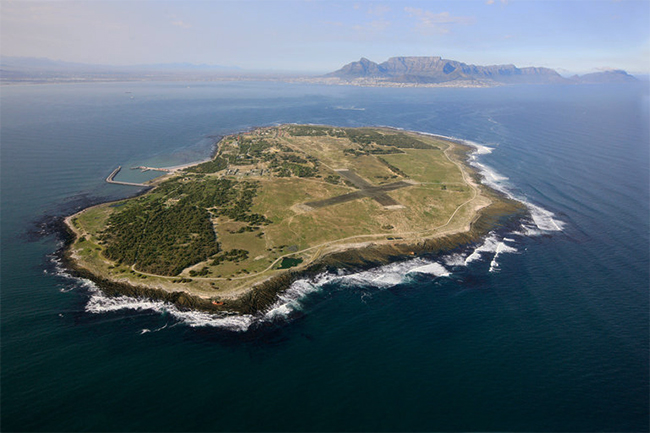
Today, the city’s renowned Robben Island is most famous for it’s political prisoners, but it was not only used as a prison. During the 1840’s, the island was chosen as a place to house leprosy patients along with the mentally and chronically ill. Initially, this was done on a voluntary basis and the lepers were free to leave the island if they wished. However in May 1892, the introduction of the Leprosy Repression Act meant detention on the island was no longer voluntary and movement of the lepers was restricted. The number of lepers on the island jumped from 52 in 1891 to 338 once the act was enforced.
3. What happened to Dr Christiaan Barnard’s patient
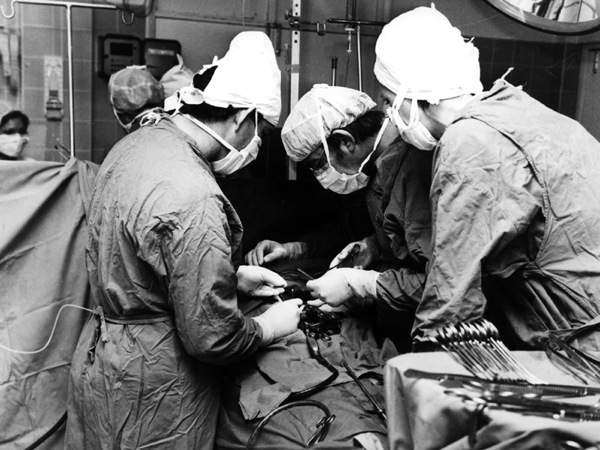
The first-ever heart transplant conducted by Dr Christiaan Barnard at Groote Schuur Hospital in 1967 was groundbreaking on a global scale. What most people don’t know is that sadly, the patient passed away shortly after. Louis Washkansky contracted pneumonia and lived for only 18 days after the surgery. Today, the original theater where the surgery took place functions as a museum, aptly named The Heart of Cape Town.
4. Cape Town was the first non-European city to receive Blue Flag status
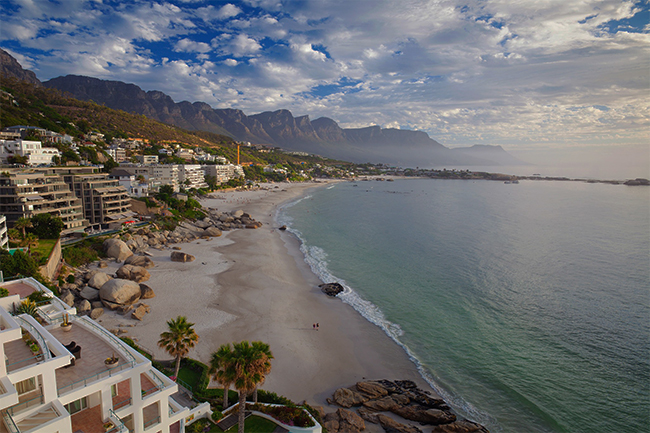
Cape Town was the first city outside of Europe to receive Blue Flag status due to its high-quality water, fantastic facilities, safety and cleanliness of its beaches. The international award is bestowed by the Foundation for Environmental Education in Europe and sets strict criteria of excellence is various spheres. In December 2016, ten of Cape Town’s beaches, including much-loved Clifton 4th, Camps Bay, Muizenberg, Bikini Beach and Fish Hoek enjoyed the eco-label for the Blue Flag season which ran until March this year.
5. Adderley Street’s interesting background
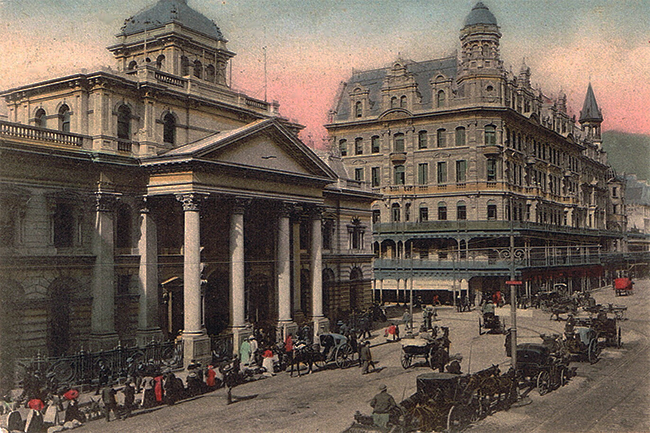
Once the central and commercial hub of the city, Adderley Street has some interesting background. According to recorded history, the road was originally made entirely from wooden blocks. By the early 1900’s the street had become so busy that city planners paved it with wood in an attempt to drown out the noise from countless wagons, carts and horse hooves. It was ultimately covered over with tar to make the road we know today but not too long ago, remnants of these wooden tiles were unearthed by construction workers which can still be found towards the upper end of the street.
6. Robben Island was used as a training station during WW2
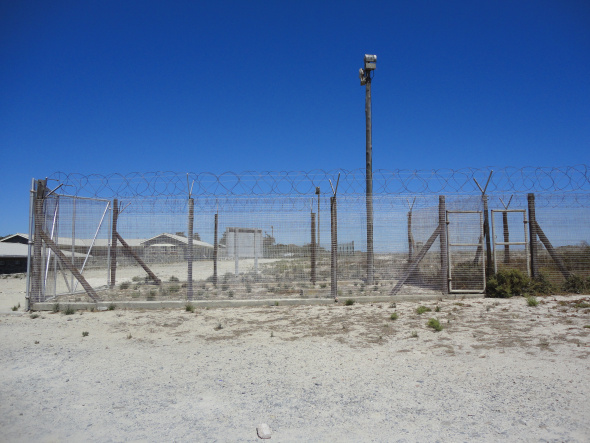
Even after leprosy patients inhabited the area, Robben Island was used as a training and defence station by the British during World War 2. The island was fortified and guns were installed as part of the defences for Cape Town.
7. Cape of Storms
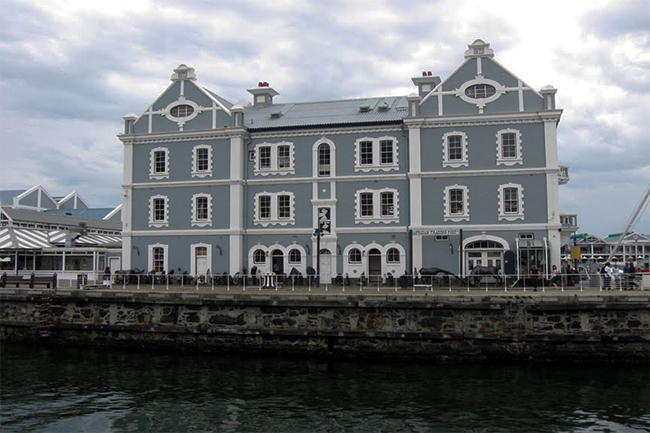
Cape Town has always been the ‘Cape of Storms’, but this reached a pinnacle in 1858 when a vicious storm hit and 30 ships were blown ashore and wrecked. The insurance company, Lloyd’s of London, then refused all further insurance on ships in Table Bay during winter, which resulted in the British Colonial Government starting construction on the first breakwater in 1860. Today the breakwater forms part of the Victoria and Alfred Waterfront.
8. The Castle of Good Hope once had a sea view
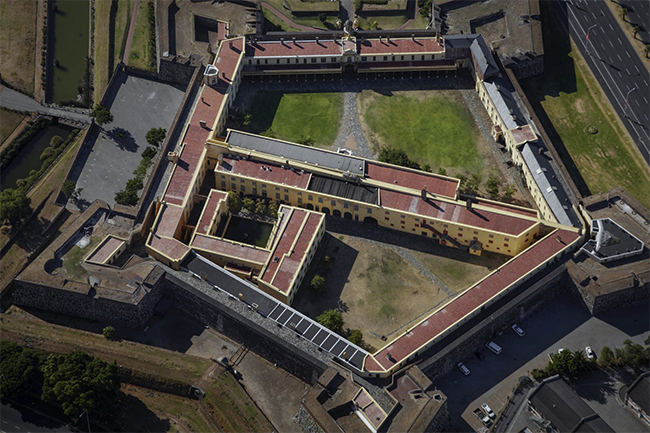
The famous Castle of Good Hope, the oldest colonial building in South Africa, once functioned as a fort and a welcoming port for sailors traveling around the Cape. Though the castle’s surrounding landscape has transformed over the years, it is interesting to imagine the castle entrance once sat at the water’s edge with waves crashing at its door (the entrance was later moved for this very reason).
9. Cape Town was voted Best Place to Go by the New York Times
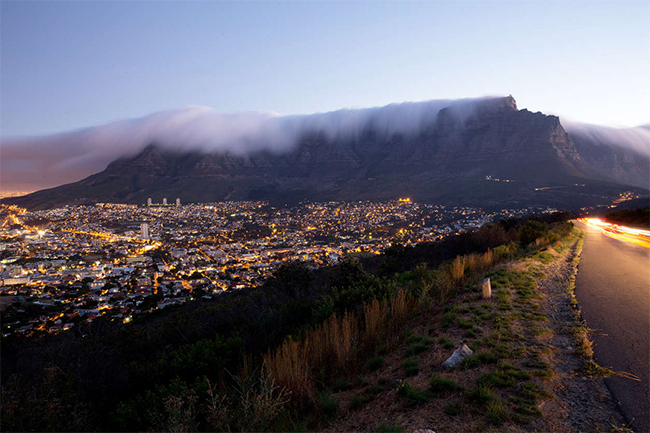
In 2014, the prestigious New York times voted Cape Town as the Best Place to Go for that year. The Mother City beat out 51 other countries from around the world including Perth, Taiwan and Dubai. The publication described the city as “a place to meditate on freedom and the creative life that followed,” as an ode to our vibrant design and arts culture.
Photography April Killingsworth/Steven Herbert/Getty






